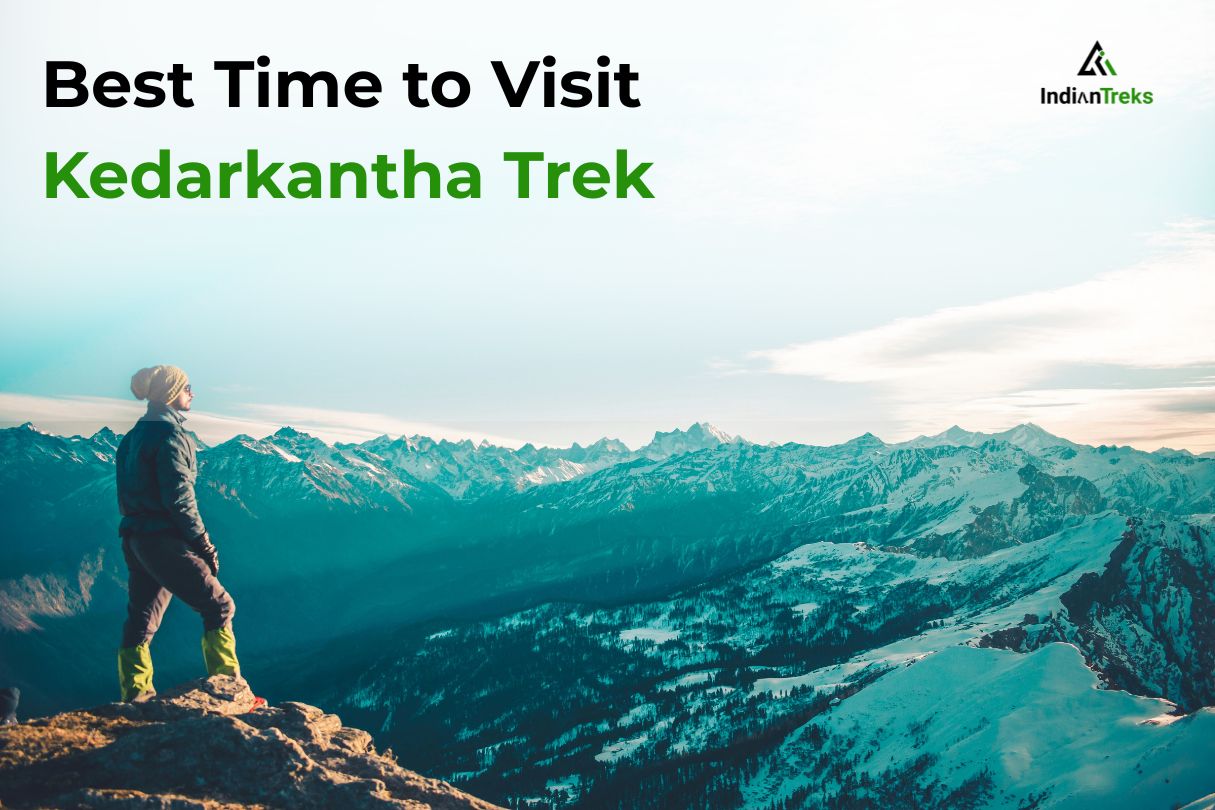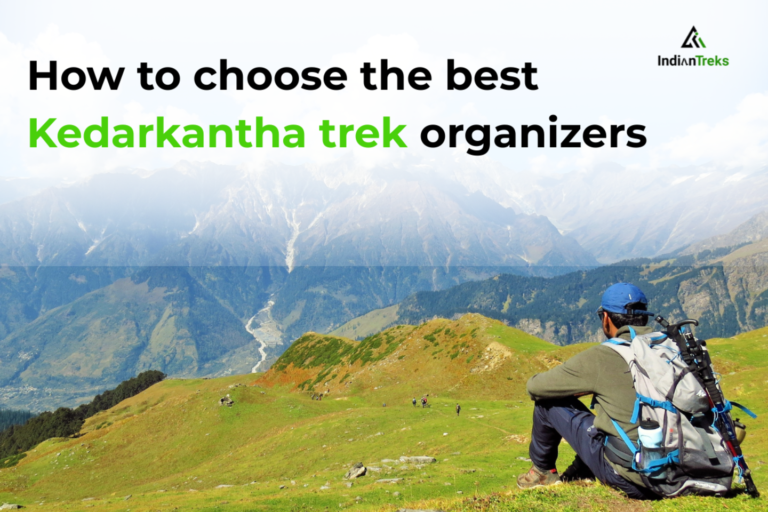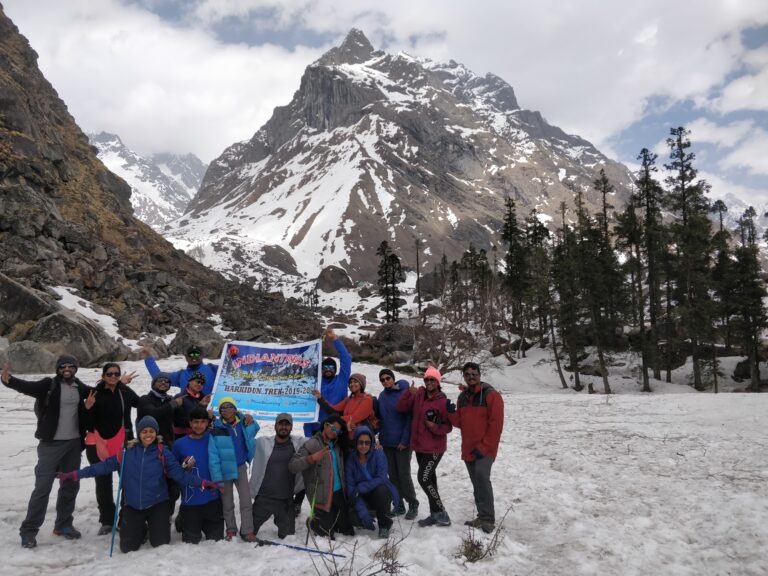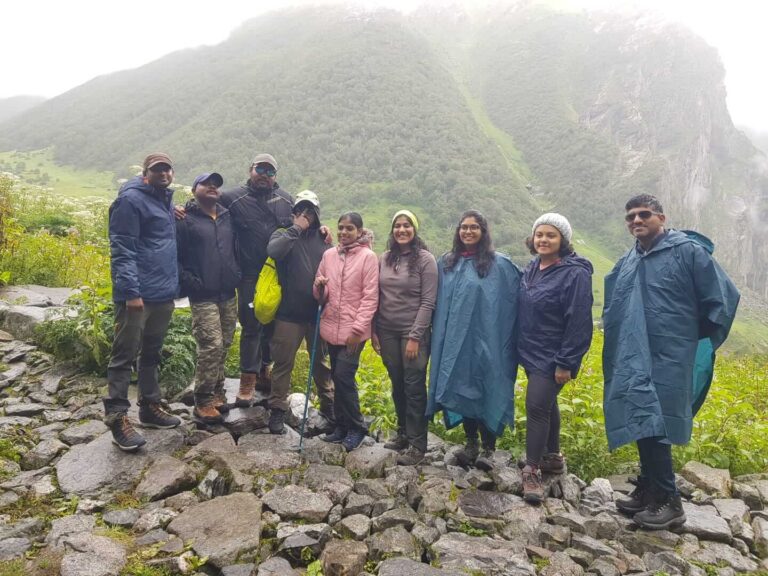Best Time to Visit Kedarkantha Trek
There’s no doubt that the Kedarkantha trek has seen a huge rise in popularity in recent years. If you’re wondering about the best time to visit Kedarkantha trek, here are some key details that will help you plan better.
Kedarkantha is a moderate Himalayan trek covering about 10 km one way from the quaint village of Sankri, which lies nearly 200 km from Dehradun, the capital of Uttarakhand. Sankri serves as the base camp for the Kedarkantha trek, and from here the journey begins.
The trail passes through the scenic Govind Wildlife Sanctuary, where trekkers can enjoy dense pine forests, open meadows, and breathtaking Himalayan views. After a 7–8 hour drive from Dehradun, you reach Sankri, from where your adventure to Kedarkantha peak both starts and ends.
Kedarkantha Trek Best Time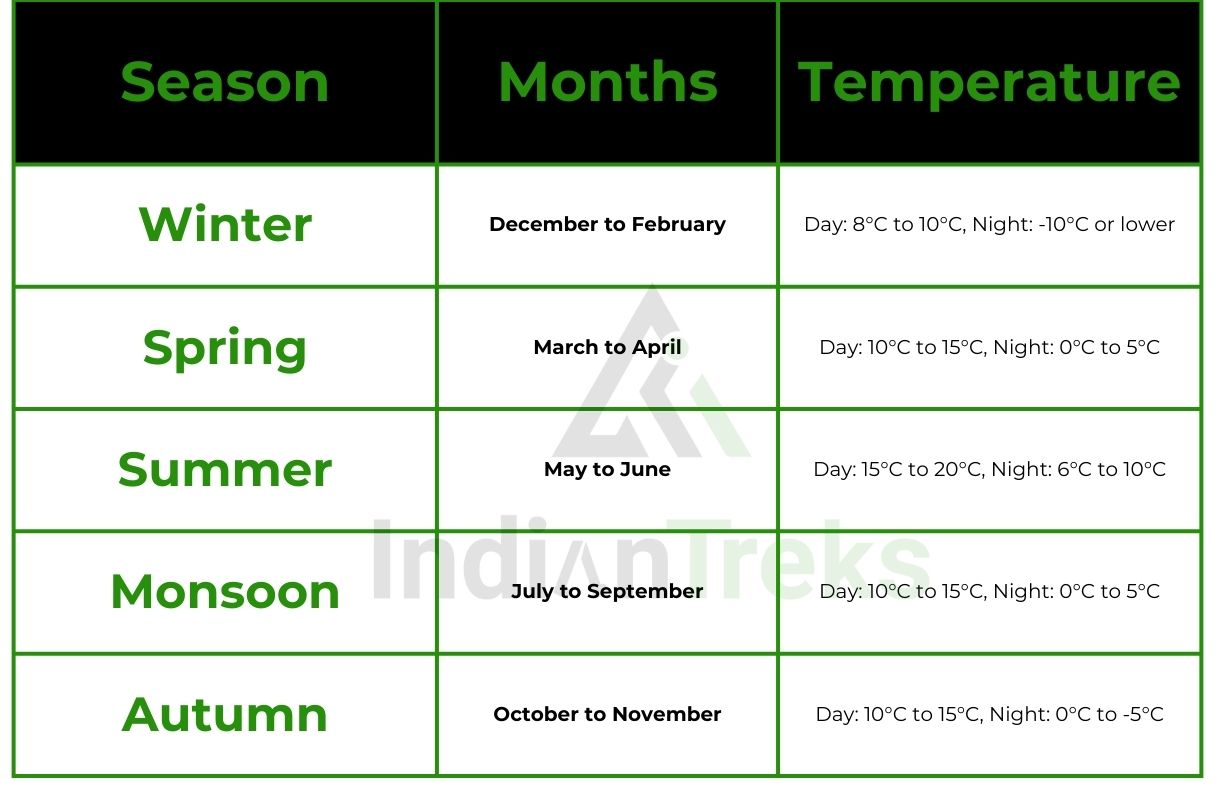
Before planning your trip, one of the most important factors to consider is the weather, as it directly impacts the trek difficulty and overall experience.
Winter Season (December to April)
If you are an experienced trekker looking for a true Himalayan adventure, winter is considered the best time for Kedarkantha trek. Snow starts falling in December and lasts until late April, transforming the trail into a winter wonderland. During this period, the temperature ranges between 0°C to -7°C.
Trekkers will find everything draped in snow—frozen streams, icy ridges, and even the famous Juda Ka Talab, which turns into a solid sheet of ice. Walking through white alpine forests, crossing wide-open clearings, and navigating slippery trails are some of the most unforgettable experiences of trekking Kedarkantha in winter.
Summer Season (March to June)
For beginners or those who prefer an easier climb, summer is another great option. Without snow, the trek becomes less challenging and more comfortable. From March to June, the weather remains pleasant with temperatures ranging from 6°C to 17°C. The route is surrounded by lush greenery, blooming flowers, and clear skies, offering a completely different charm than winter.
Things to Keep in Mind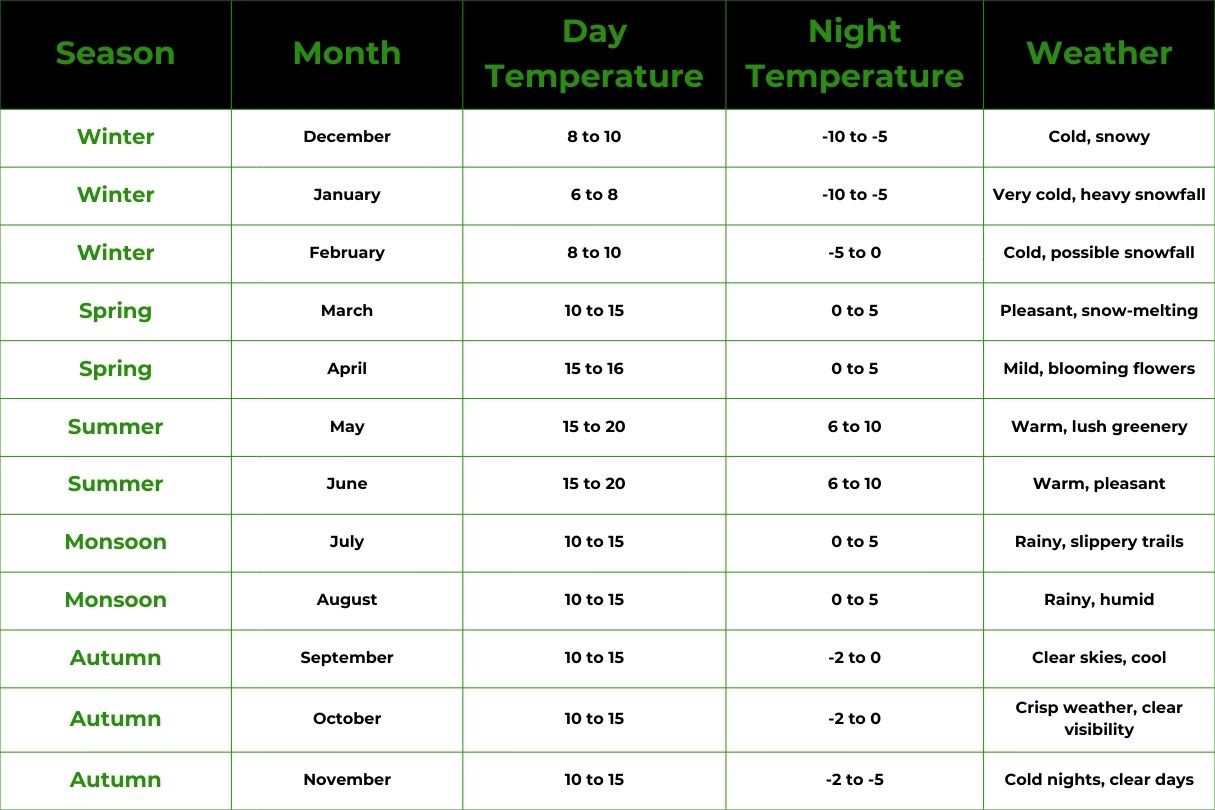
When calculating the overall Kedarkantha trek cost, it’s important to consider a few practical factors before you begin your journey.
Winter Preparation:
Winters in Kedarkantha can be extremely cold and challenging. To stay safe and comfortable, you must carry multiple layers of warm clothing, including thermal inners, insulated jackets, gloves, and snow-proof boots. Essential gear like walking sticks, gaiters, and other trekking equipment is also required, as the trail can get slippery and difficult.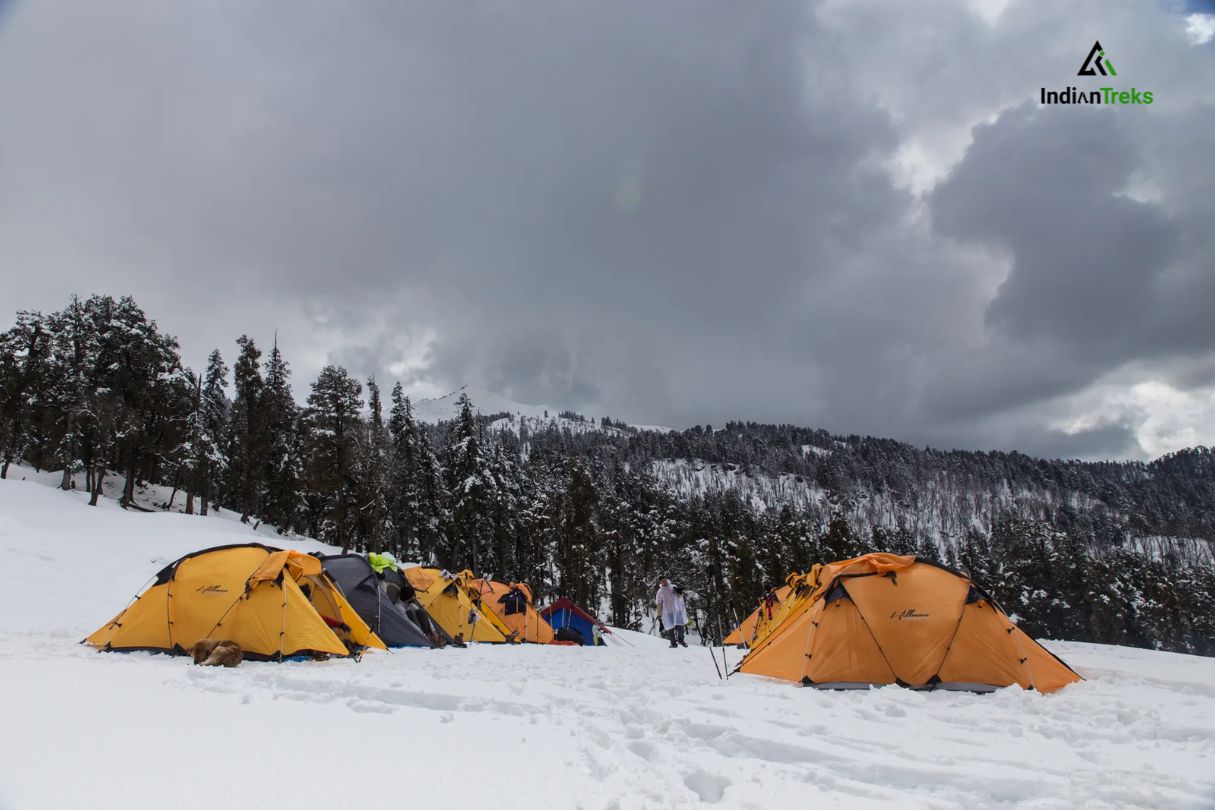
Summer Preparation:
During the summer months, the trek becomes much easier and requires relatively lighter packing. Basic trekking gear and a few warm clothes for chilly evenings are usually sufficient. With no snow to worry about, the trek feels less strenuous, especially during steep ascents.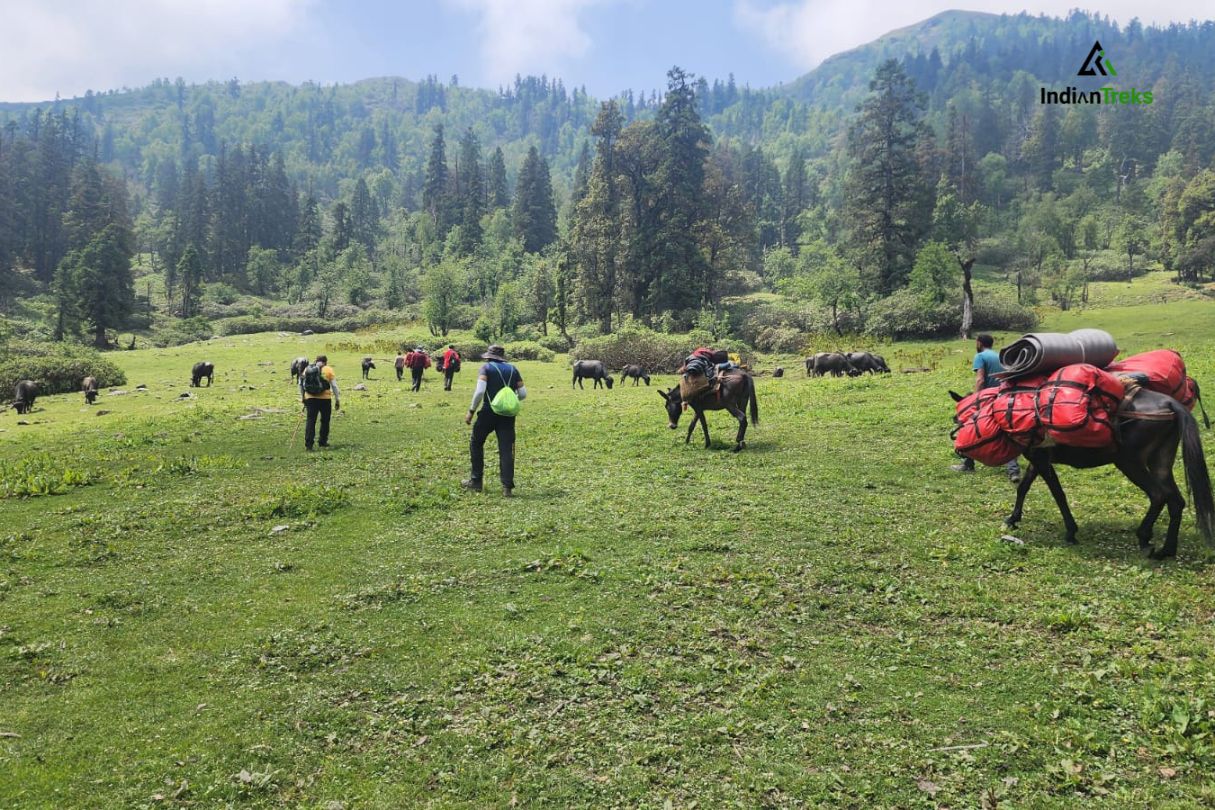
Keeping these essentials in mind not only ensures your safety but also helps you plan your Kedarkantha trek cost more effectively, as gear and clothing add to the overall budget.
Can Everyone Trek?
The difficulty level of Kedarkantha trek is generally rated as easy to moderate, which makes it one of the most beginner-friendly Himalayan treks. Anyone between the ages of 5 and 65 can attempt this trek, provided they are in good health and physically active.
The Kedarkantha trek distance is relatively short. On average, trekkers cover about 4 km per day for 3 days to reach the summit. This gradual ascent makes the journey manageable, even for first-timers. The challenge level increases slightly in winters due to snow and cold temperatures, but with proper gear and preparation, it remains doable for beginners as well.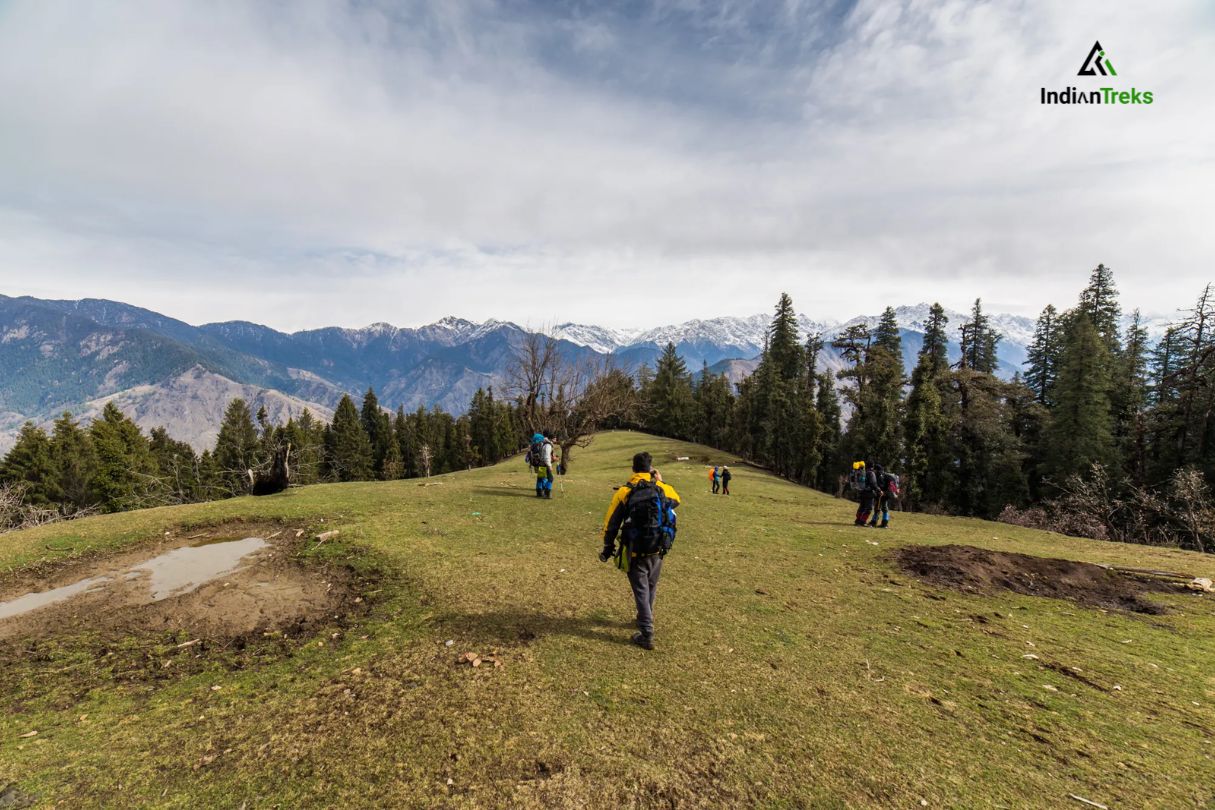
When it comes to the Kedarkantha trek best time, it really depends on your preferences. If you want to experience snow, adventure, and the magical beauty of frozen landscapes, December to April is ideal. On the other hand, if you prefer a more comfortable and greener trail, March to June is perfect.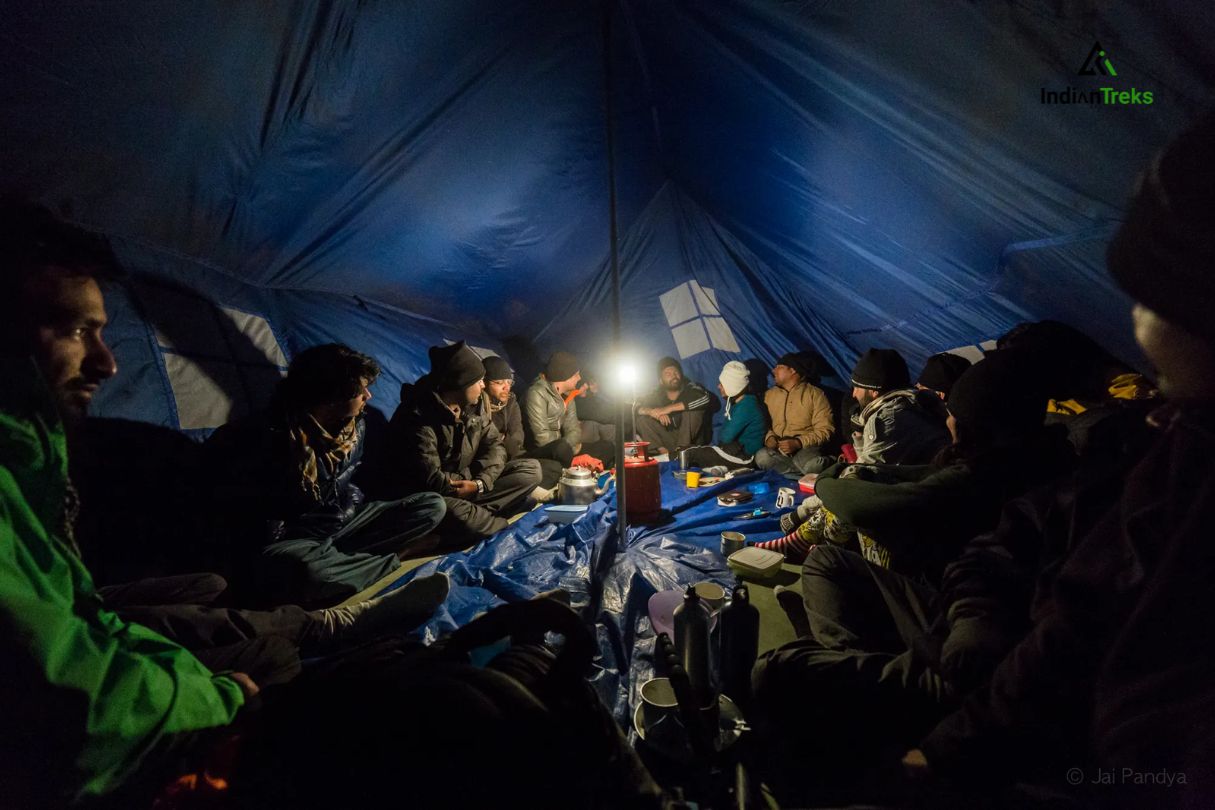
For more details about the Kedarkantha trek best time, cost, and itinerary, you can always get in touch with our experts at Indian Treks.
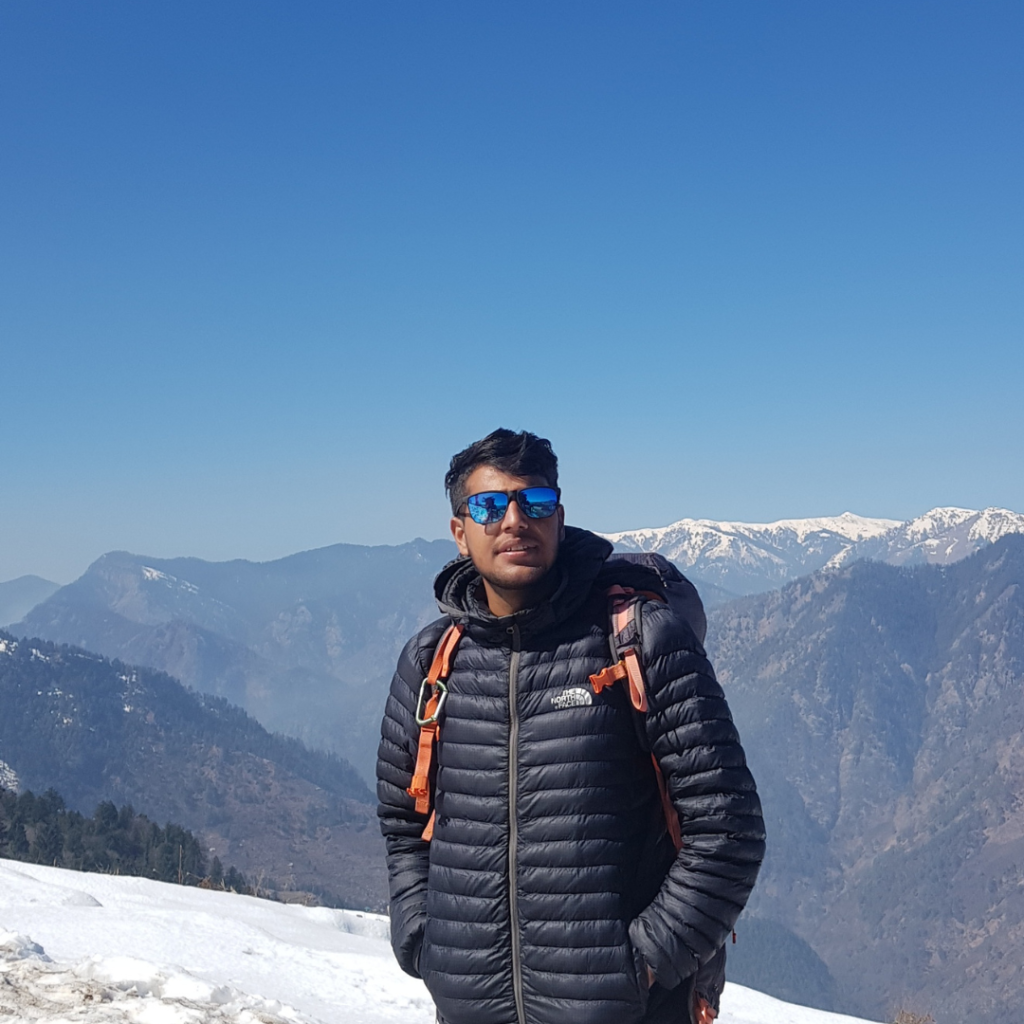
About Author – Vivek Rana
With nearly 10 years of experience in high-altitude guiding, the founder of this trekking organization is more than just a trek leader—they are a pioneer of adventure in the Himalayas. Having conquered multiple 6000-7000 meter peaks, they have led over 150 treks across the most breathtaking and challenging terrains, including Har Ki Dun, Kedarkantha, Borasu Pass, Bali Pass, Buran Ghati, Rupin Pass, Pin Bhabha, and the mighty Black Peak.
Their deep-rooted connection with the mountains isn’t just about reaching summits—it’s about creating life-changing experiences for those who dare to explore. Every expedition they lead is an invitation to step beyond limits, embrace the wilderness, and feel the raw power of the Himalayas like never before.
This is not just trekking; this is a journey into the heart of the mountains—with a guide who knows them like a lifelong friend.

